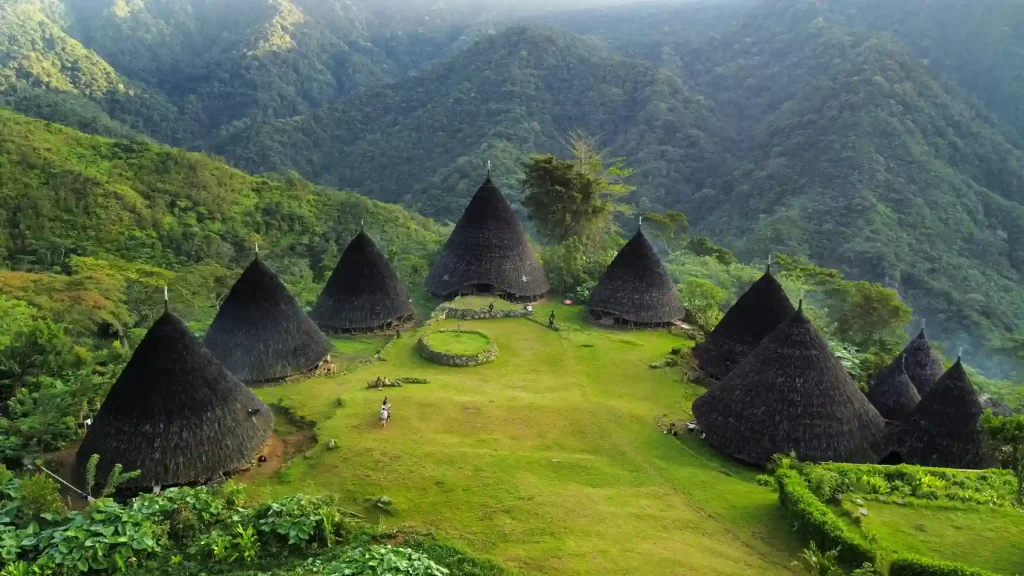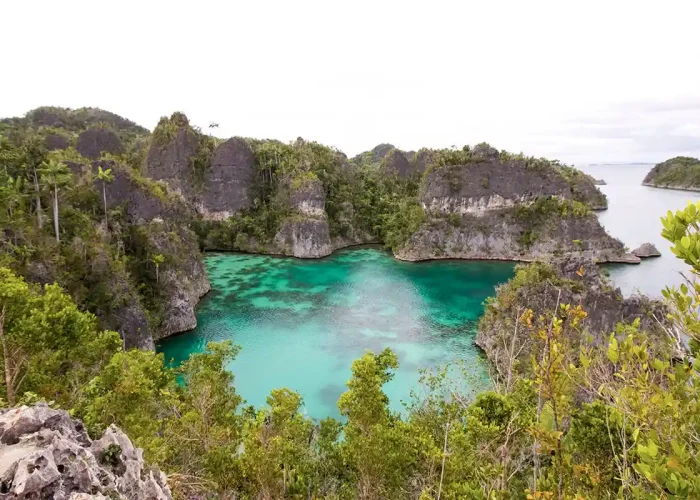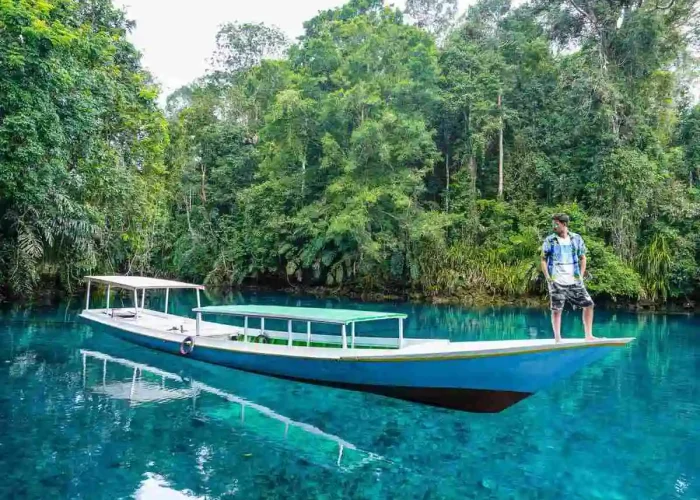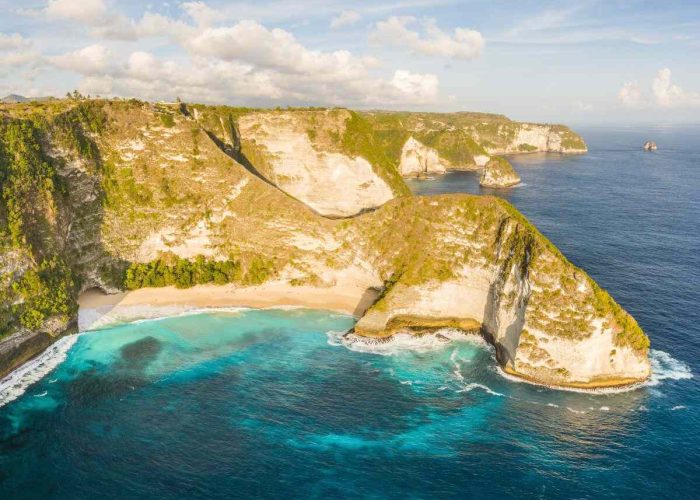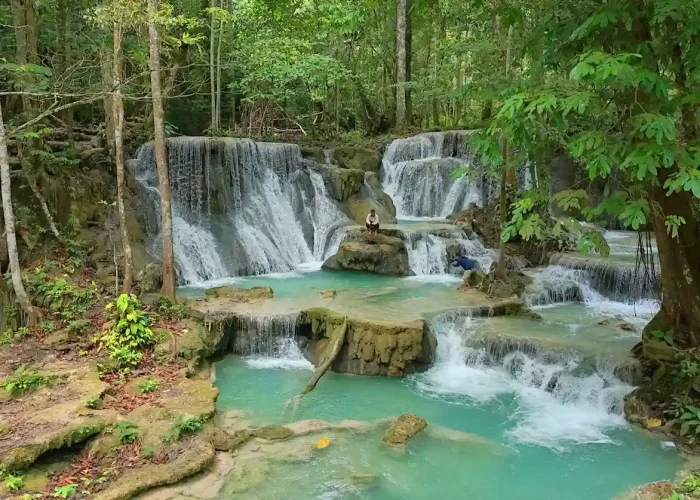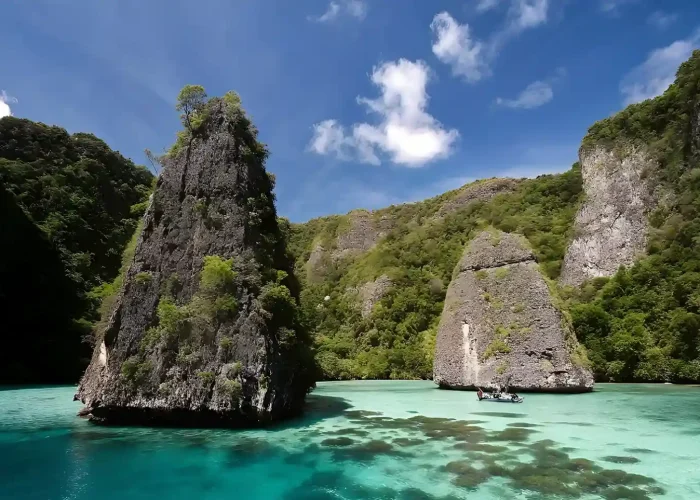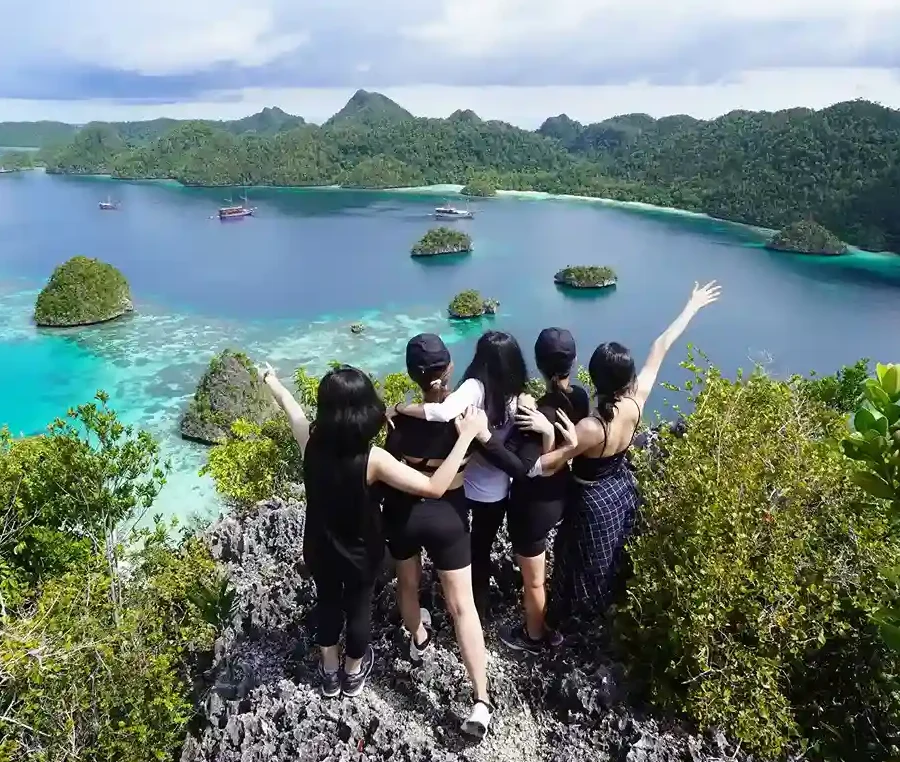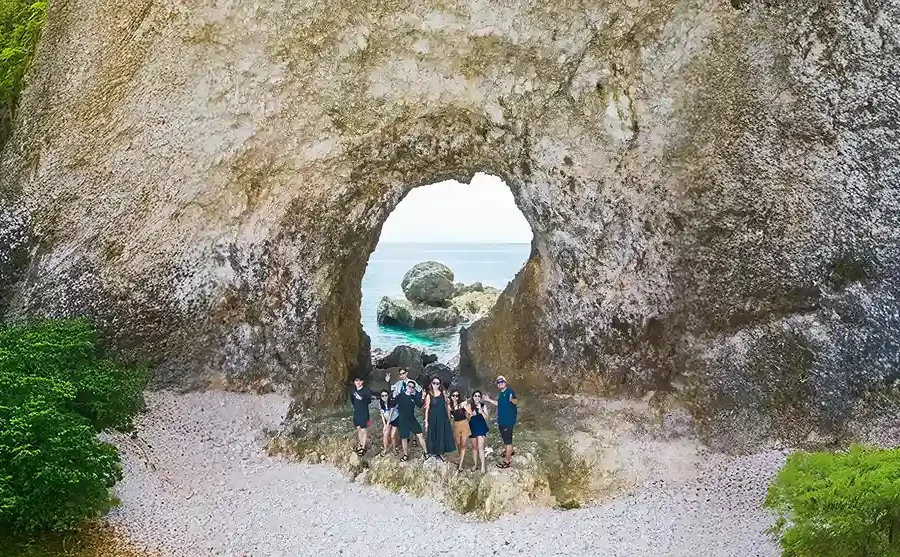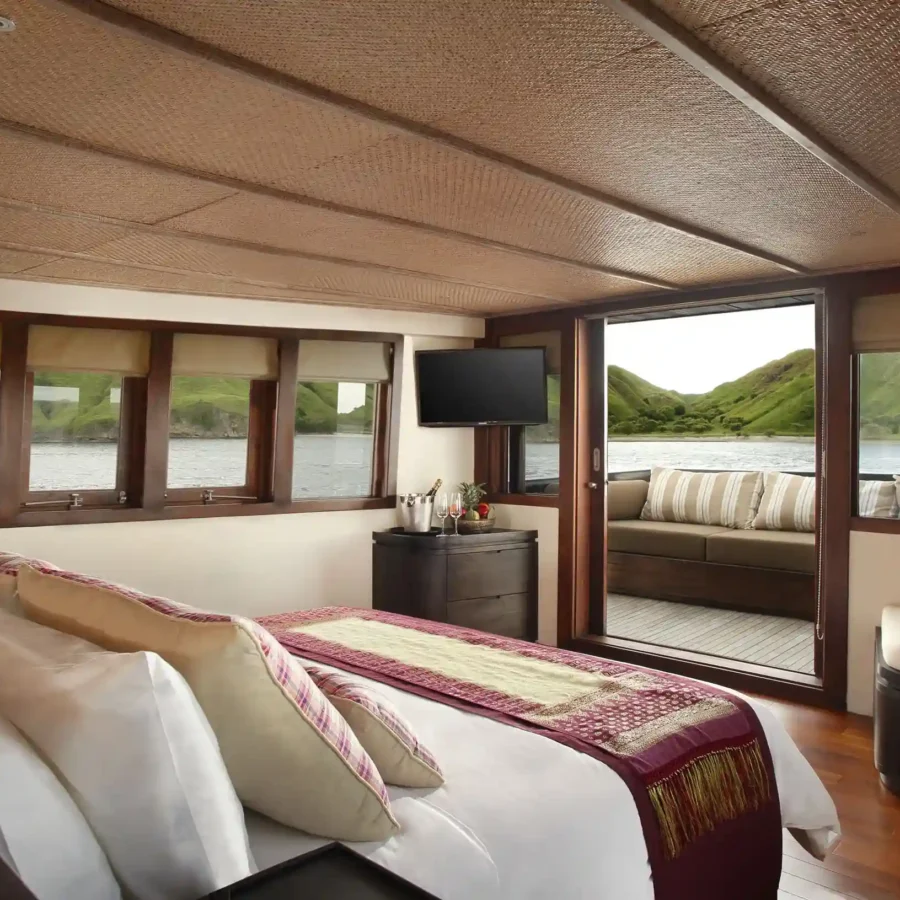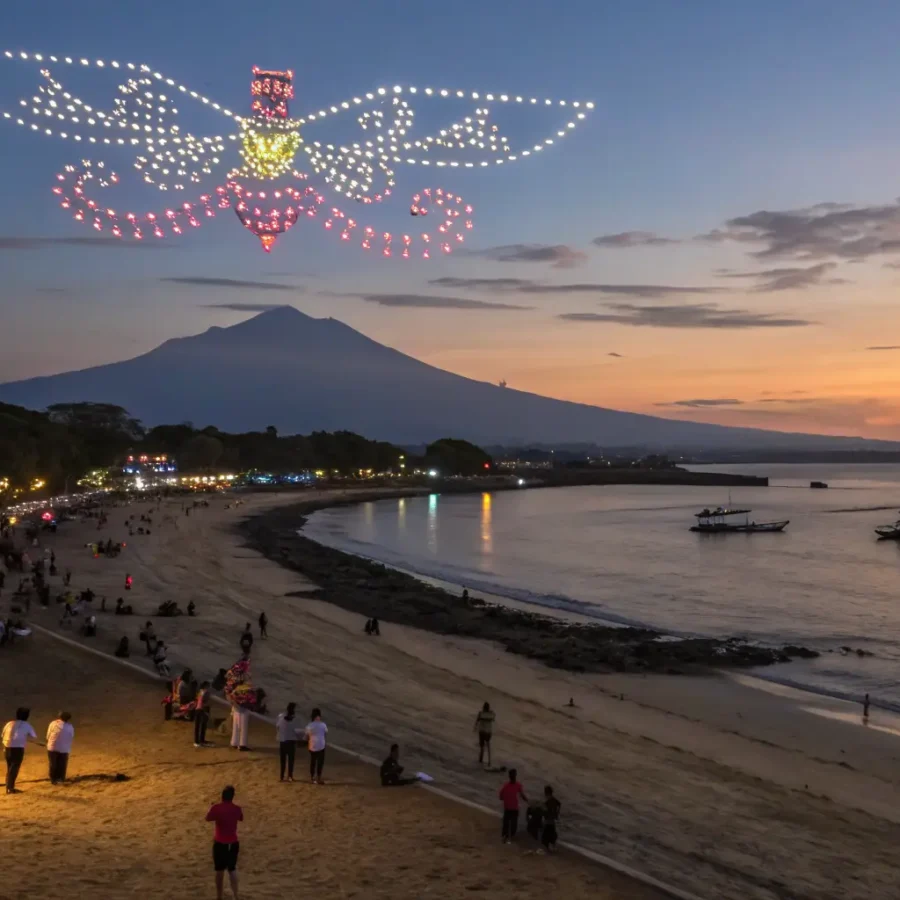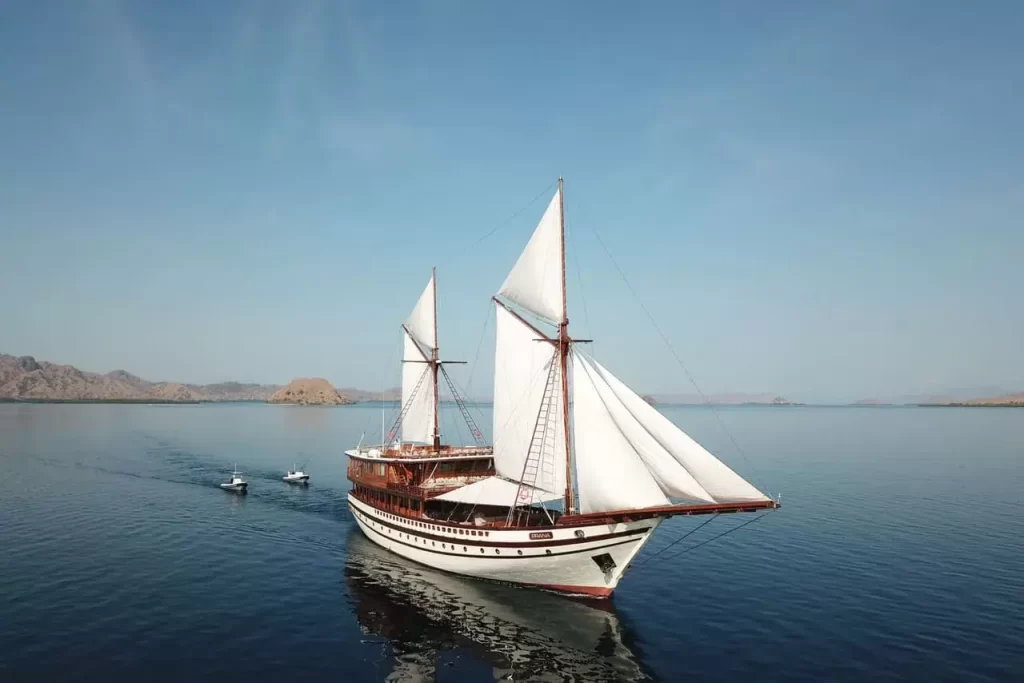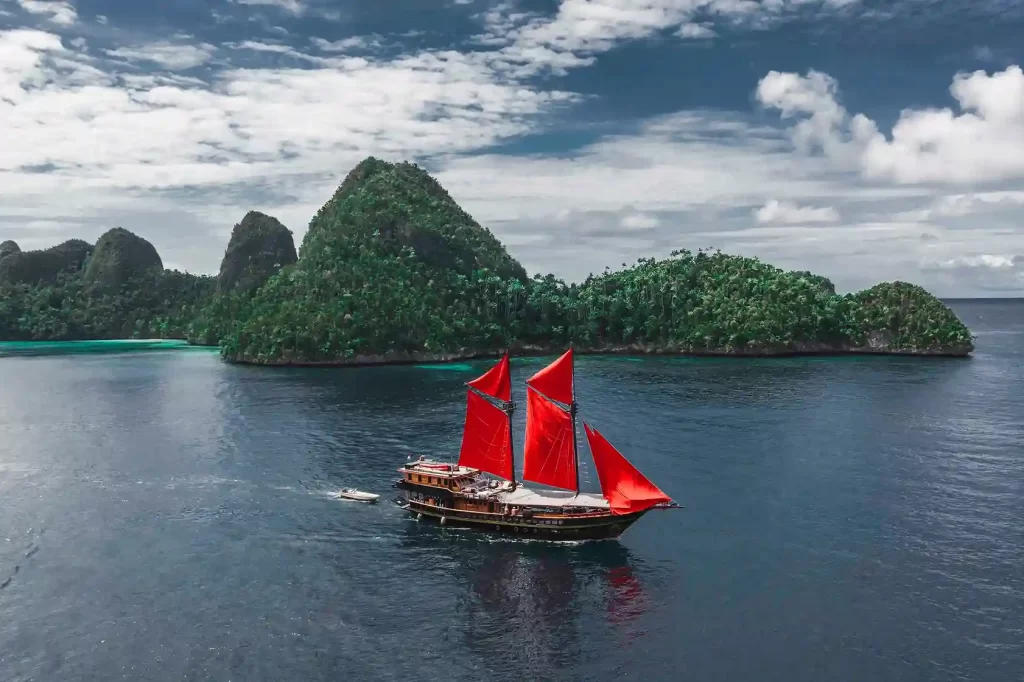Indonesia has thousands of islands with diverse cultures, and one of the provinces rich in traditions is East Nusa Tenggara (NTT). From traditional dances, woven fabrics, to unique architecture, each element holds a long history of the local people’s way of life. One of the cultural heritages that often sparks curiosity is the NTT traditional house.
What makes traditional houses in NTT different from those in other regions of Indonesia? Why do they have such distinctive shapes and deep philosophies? In this article, you will get to know more about NTT traditional houses, understand their uniqueness compared to other regions, and explore the different types of houses that are still preserved today. This way, you will appreciate even more the cultural heritage that has been safeguarded for generations by the people of NTT.
Table of Contents
Getting to Know NTT Traditional Houses More Closely
An NTT traditional house is not just a shelter, but also a symbol of identity, spirituality, and local wisdom. Every element of the house, from the roof, pillars, to the layout, carries profound meaning that reflects the philosophy of life among the community. These houses also often serve as the center of social and cultural activities that involve the entire village.
The main materials used to build NTT traditional houses usually come from nature, such as wood, bamboo, palm fiber, and lontar leaves. This natural selection is intentional, as it adapts to the tropical climate while being environmentally friendly. With their distinctive design, these traditional houses remain cool during the day and comfortable at night. This shows how indigenous architecture blends seamlessly with both geography and culture.
The Uniqueness of NTT Traditional Houses Compared to Other Regions
When you compare them with traditional houses from Java, Bali, or Sumatra, NTT traditional houses stand out with very distinct features. For example, Javanese houses are often spacious with detailed carvings, while NTT houses emphasize tall conical roofs or strong supporting pillars.
Moreover, NTT traditional houses often serve not only as living spaces but also as spiritual symbols. The tall cone-shaped roofs of some houses are believed to connect humans with their ancestors and the spiritual world. On the other hand, traditional houses in Java or Bali highlight aesthetics and large family living areas more than spirituality.
Another unique aspect is how NTT communities use their houses as a central hub for gatherings. Many traditional villages in NTT still rely on these houses for community meetings, cultural rituals, and even storing harvests. This contrasts with other regions where social and residential functions are usually separated.
Types of NTT Traditional Houses
Traditional houses in NTT come in many types across its islands, each with its own characteristics and philosophy. Here are some of the most iconic:
1. Mbaru Niang Traditional House
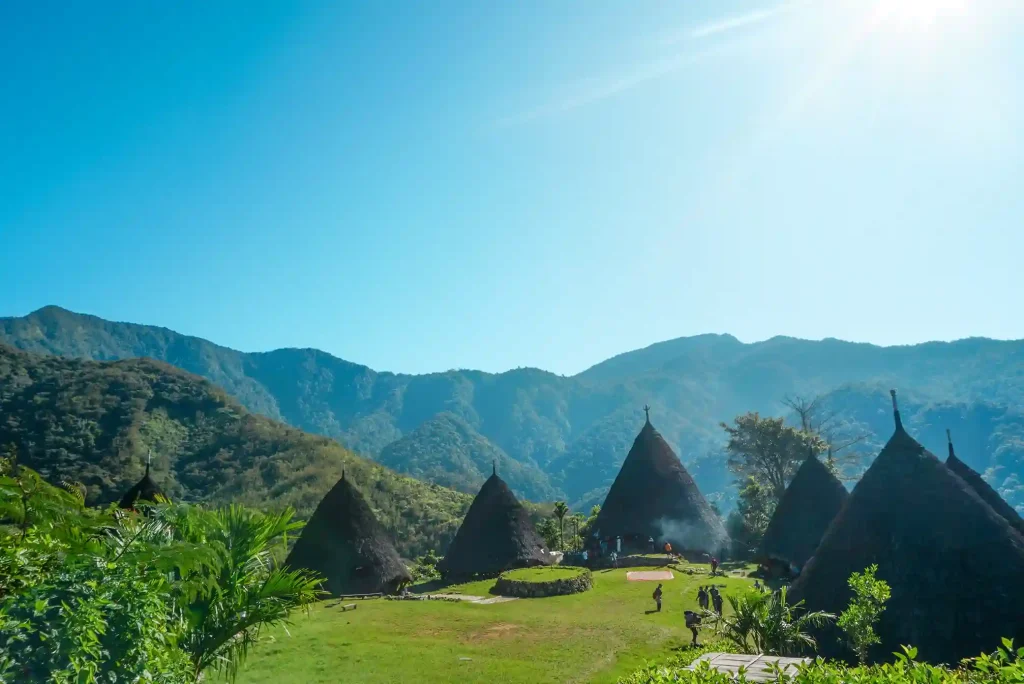
The Mbaru Niang comes from the Manggarai tribe in Flores and is famous for its tall cone-shaped structure. This house typically has five levels, with each floor serving a different function. The ground level is used as the living area for families, while the upper levels store harvests, seeds, and ritual objects. This multi-level arrangement is not just practical but also deeply symbolic in Manggarai society.
Beyond its physical structure, the Mbaru Niang holds great spiritual value. The towering roof represents the link between humans and their ancestors. Its construction is done collectively by the entire village, which strengthens social bonds. If you want to see this house in person, you can visit Wae Rebo Village, one of the most famous traditional villages in Indonesia. To make your journey easier, you can join a Private Overland Trip Flores that will take you comfortably to this cultural gem.
2. Musalaki Traditional House
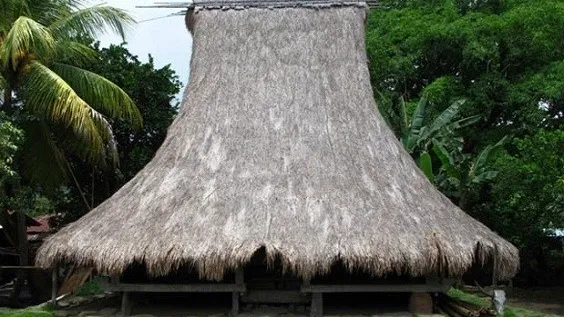
The Musalaki House originates from the Lio people of East Flores. The word “musalaki” means a large house occupied by the tribal chief or traditional leader. Its function extends beyond being a residence, it is also the center of rituals, important meetings, and storage of heirlooms. This shows how traditional houses in NTT play a central role in community life.
Structurally, Musalaki houses are rectangular with a pointed, sturdy roof. Inside, the space is divided into different rooms with clear functions to support daily living as well as ceremonies. It is also where discussions and collective decisions are made. When you visit Flores, you will find that Musalaki houses are still well preserved as part of a living tradition.
3. Uma Mbatangu Traditional House
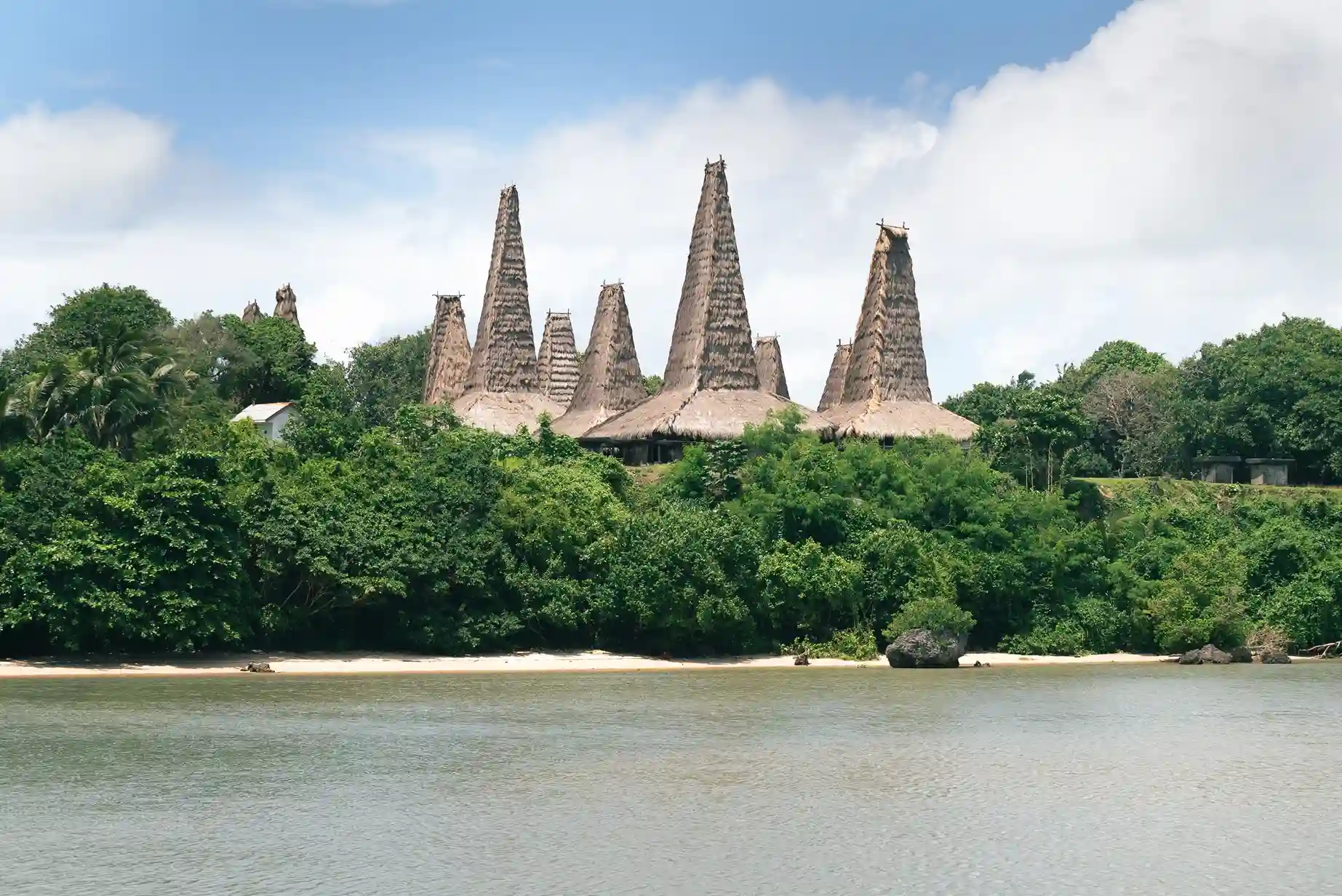
On the island of Sumba, you will find the Uma Mbatangu, also known as the tower house. Its name refers to the tall, tower-like roof that rises into the sky. The house is built on stilts supported by large wooden pillars, with the empty space below used to keep livestock or store goods. This design reflects how the Sumbanese adapt architecture to their environment.
More than just a home, the Uma Mbatangu carries deep symbolism. Its towering roof is believed to represent a connection with ancestors, while the sturdy pillars symbolize strength and resilience within the family. The walls are often decorated with carvings that signify bravery, prosperity, and protection. If you want to experience this house up close, you can join a Sumba Tour, which usually includes visits to traditional villages like Ratenggaro and Prai Ijing. There, you will witness firsthand the cultural richness of Sumba that continues to thrive today.

4. Ume Kbubu Traditional House
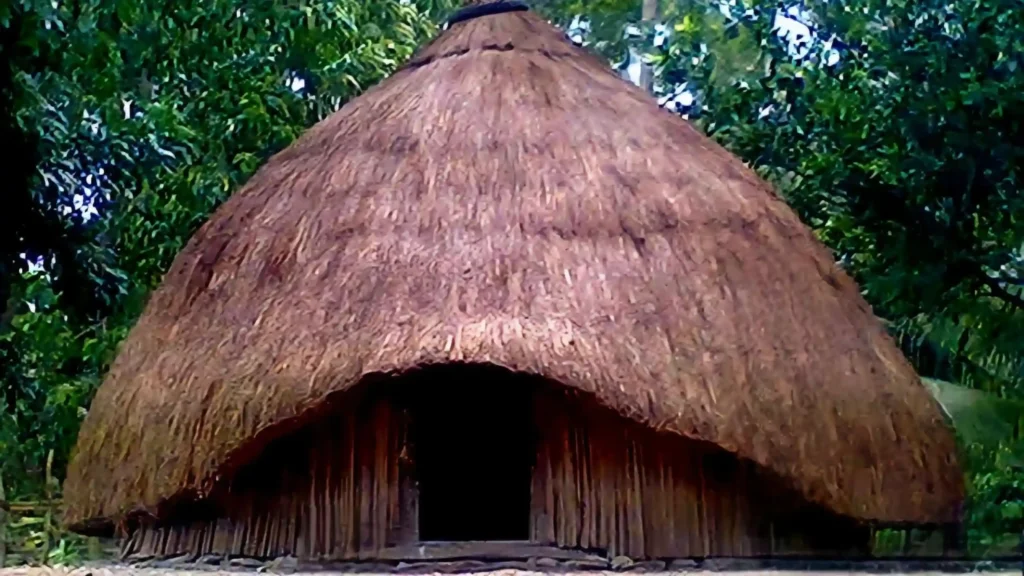
The Ume Kbubu comes from Alor Island and has a distinctive round shape with a pointed dome-like roof. It is built with bamboo walls and lontar leaves for roofing. Despite its simple appearance, this house is highly functional as it keeps the interior cool during the day and warm at night. Its compact shape also helps it withstand strong winds.
Inside, the Ume Kbubu serves as the center of family life, with areas for sleeping, cooking, and welcoming guests. The circular form symbolizes unity, emphasizing the value of togetherness among family members. In essence, Ume Kbubu is more than a shelter—it is a space that strengthens cultural and social ties within Alor communities.
5. Lopo Traditional House
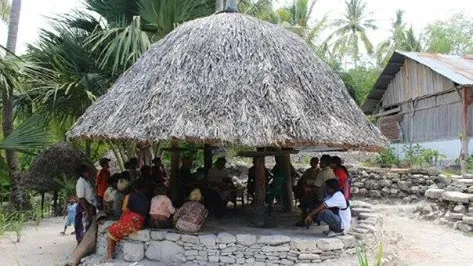
The Lopo House belongs to the Timorese people and has a very distinctive structure. It is circular, supported by wooden pillars, and topped with a thatched conical roof. Unlike other traditional houses, the Lopo has no walls, allowing air to flow freely. This open design demonstrates the Timorese community’s clever adaptation to the hot tropical climate.
Originally, the Lopo was used as a barn to store harvests. Over time, it became a social space for gatherings, discussions, and communal decision-making. Its open form reflects the openness of the Timorese people in welcoming others. Thus, the Lopo is not just a building but also a symbol of interaction and harmony.
Read more: 5 Ecotourism Destinations in Sumba
Tips for Visiting NTT Traditional Houses
If you are planning to explore NTT traditional houses, here are some tips to make your trip more comfortable and meaningful:
- Hire a local guide – A guide will help you understand the philosophies and history behind each traditional house. They will also assist you in interacting with the locals, making your trip more enriching.
- Respect traditional rules – Each house usually has rules that need to be respected. Some areas are considered sacred and can only be entered with permission. Always ask before entering any restricted space.
- Be mindful when taking photos – Although the atmosphere may be fascinating, it is important to ask for permission before taking pictures. Some areas are private or sacred to the local community. This way, you show respect for their culture.
- Participate in cultural activities – If given the chance, try joining traditional ceremonies or learning local crafts. This will make your experience far more meaningful than just sightseeing. You will also feel the warmth of NTT’s cultural hospitality.
- Dress modestly – When visiting a traditional house, your clothing reflects respect. Choose neat attire and avoid wearing anything too revealing. This will help you be more welcomed by the locals.
- Join a tour with experienced operators – To make your journey more practical, consider joining a tour handled by a professional operator. This way, you won’t have to worry about transportation or permits. You can simply focus on enjoying the cultural experience without any hassle.
Read more: 10 Top Cultural Destinations in Indonesia
Let’s Explore the Beauty of NTT’s Culture with IndonesiaJuara Trip!
After learning about NTT traditional houses, you’re probably even more curious to see them in person. From Mbaru Niang in Flores, Musalaki in Lio, Uma Mbatangu in Sumba, Ume Kbubu in Alor, to Lopo in Timor, each has its own story to tell.
If you want an authentic cultural experience, joining a trip to these traditional villages is the best choice. With IndonesiaJuara Trip, you can explore NTT through a Labuan Bajo Tour or Sumba Tour. By traveling with us, you will enjoy comfort, safety, and enriching experiences guided by local experts. At the same time, your visit also supports cultural preservation, since every trip contributes directly to the local communities.
So, what are you waiting for? Plan your journey to East Nusa Tenggara and let NTT traditional houses teach you about values of life, unity, and the timeless wisdom passed down through generations.


